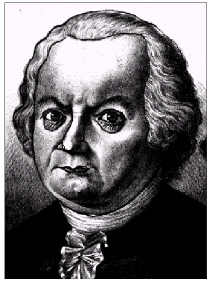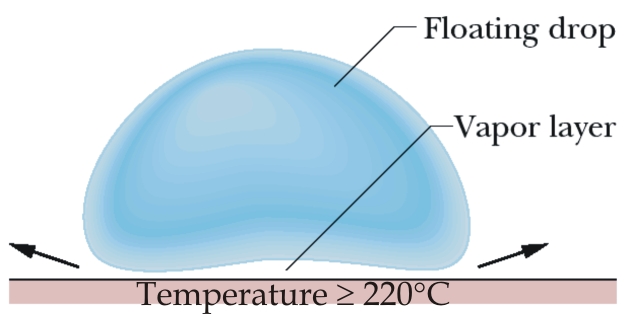Homepage
Ko van der Weele
Granular Leidenfrost effect
Collaboration with the Physics of Fluids group, University of Twente, The
Netherlands,
sponsored by a research grant from FOM: "Rapid granular matter at its edge: Exploring critical phenomena
and ratchets".
 In 1756
the German physician Johann Gottlob Leidenfrost observed that a water drop
In 1756
the German physician Johann Gottlob Leidenfrost observed that a water drop
placed on a very hot spoon (the temperature must be above 220 degrees Celsius)
does not
evaporate immediately: The drop detaches from the spoon and floats on its own
vapor
layer, and in this way is able to survive for several minutes.
Experienced
cooks use this phenomenon to check whether the pan is hot enough to make
a good pancake. It is also claimed to be the reason why people with wet feet
can walk
some short distance over hot coals without harm.


In Physical Review Letters of December 16, 2005 (Publ. 59) we
describe the granular version of this effect,
with glass beads instead of water, in a vertically vibrated container. The
shaking strength now plays the role
of the temperature: If it exceeds a certain critical value, a dense cluster of
beads is elevated and supported
by a dilute layer of fast particles underneath.
This
"granular Leidenfrost effect" is fully explained
by a hydrodynamic model, making it a striking example of
how granular matter can behave as if it were a fluid. See also Publ. 57, 69, 77.
Homepage Ko van der Weele